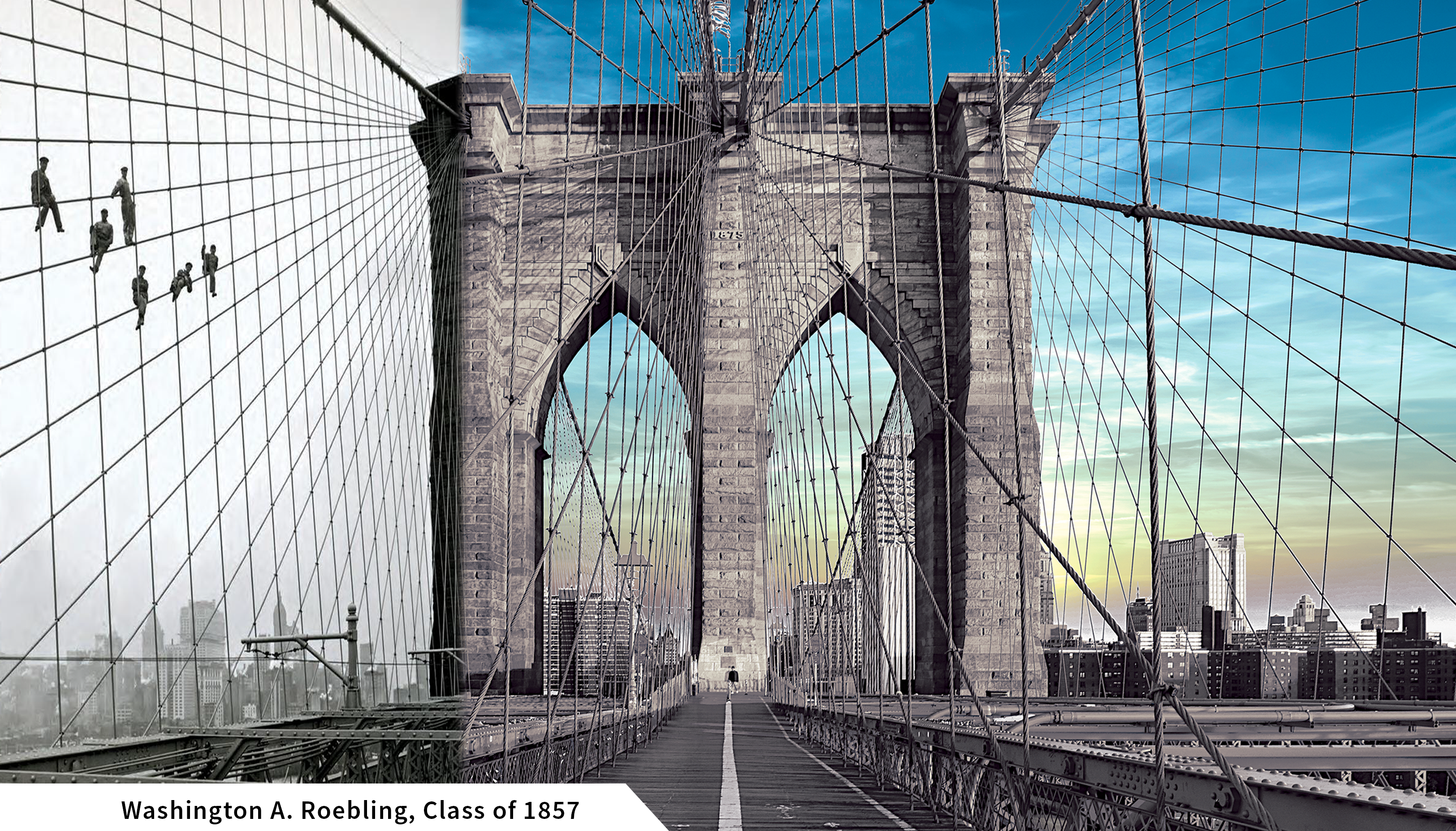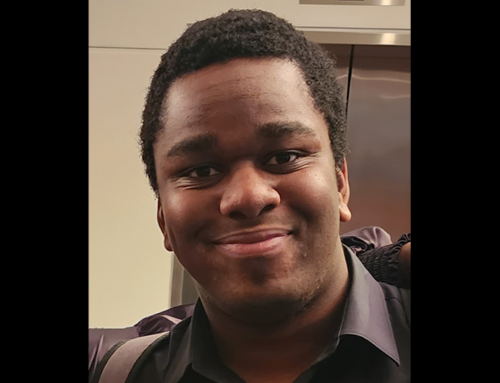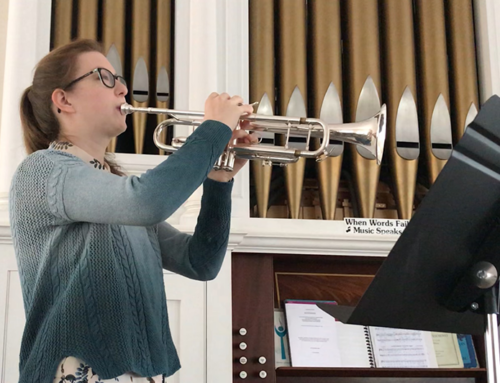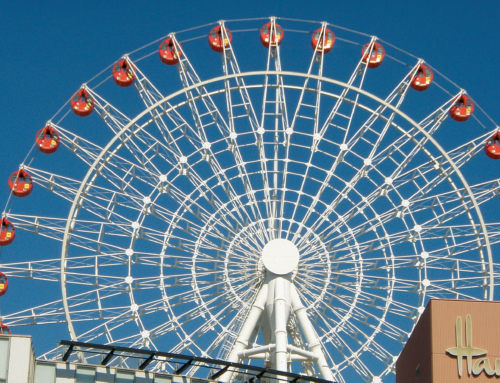By Regina Stracqualursi
Each day, hundreds of thousands of vehicles, pedestrians, and cyclists cross the Brooklyn Bridge as they travel into Lower Manhattan. The iconic bridge was the first of 15 bridges in the New York City area that Rensselaer Polytechnic Institute alumni designed, built, or collaborated on.
While a major commerce hub, early New York City faced geographical challenges as its five boroughs were separated by water. Some of the alumni who helped solve this issue through bridge-building to create a more connected city include:
- Washington Roebling, Class of 1857, who served as chief engineer of the Brooklyn Bridge after his father, John Roebling, passed away.
- Leffert Buck, Class of 1868, who designed the Williamsburg Bridge in collaboration with Othneil Nichols, a member of the same class.
- Richard S. Buck, Class of 1887, who designed the Manhattan Bridge. He also designed the Queensburo Bridge in collaboration with Leffert Buck.
- Emil Praeger ’15, who was the original designer of the Tappan Zee Bridge.
- Milton Brumer ’23, who earned a bachelor’s degree in mechanical engineering, was chief engineer of the Verrazzano-Narrows Bridge, the longest suspension bridge in the world at the time it opened. He also helped build the George Washington Bridge and the Throgs Neck Bridge.
Other bridges and tunnels in the New York City area that Rensselaer alumni helped build include the 145th Street Bridge, Bayonne Bridge, Brooklyn Battery Tunnel, Goethals Bridge, Holland Tunnel, Lincoln Tunnel, Macombs Dam Bridge, Outerbridge Crossing, Queens Midtown Tunnel, Second Avenue Bridge, and the Triborough Bridge.
In total, six members of the Rensselaer Alumni Hall of Fame have been inducted for their work as bridge builders. Today, Rensselaer continues its legacy of bridge-building, many times in a metaphorical way. Most recently, the Center for Engineering and Precision Medicine (CEPM) was established in partnership with the Icahn School of Medicine at Mount Sinai. The New York City-based center is bridging engineering and engineering science with medicine to tackle cancer, Alzheimer’s disease, infectious diseases, tissue degeneration, and more.




